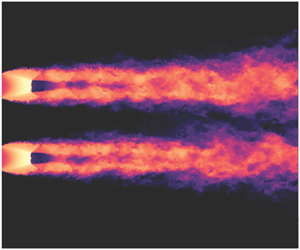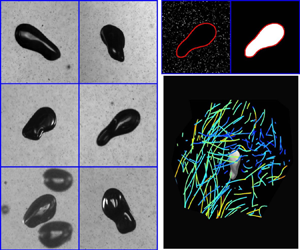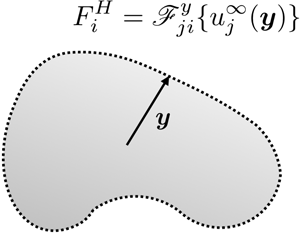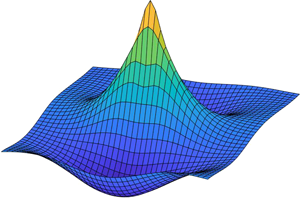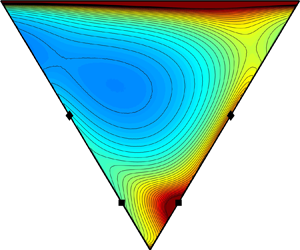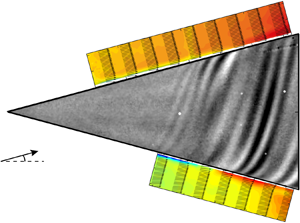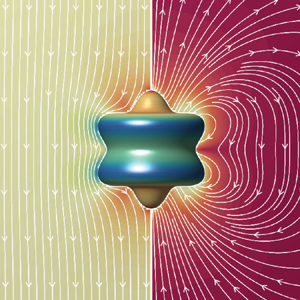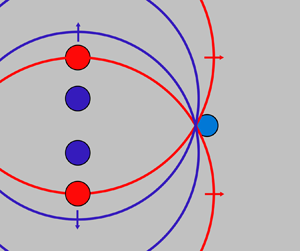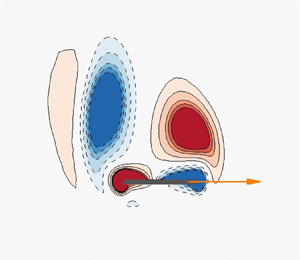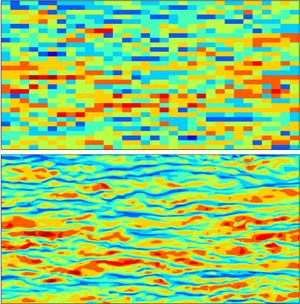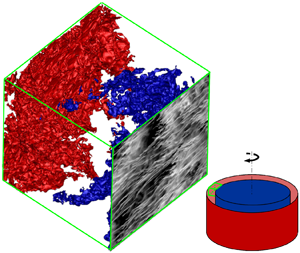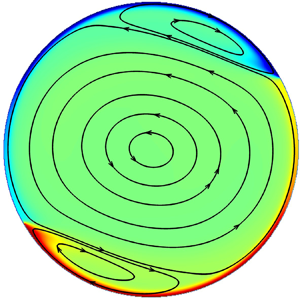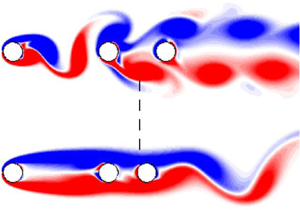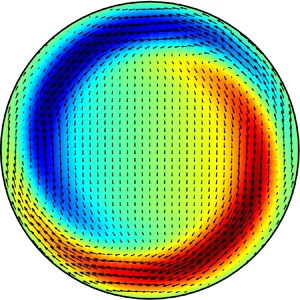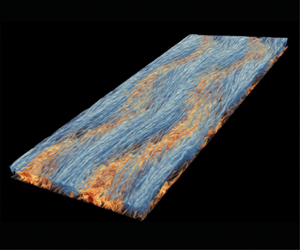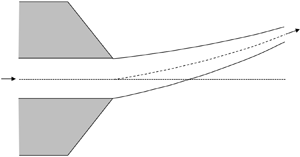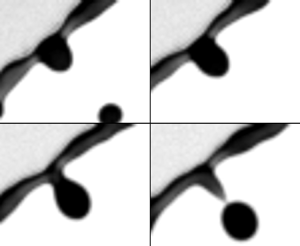Contents
JFM Papers
Intermittent modal coupling in screeching underexpanded circular twin jets
-
- Published online by Cambridge University Press:
- 11 January 2021, A20
-
- Article
- Export citation
Simultaneous measurements of deforming Hinze-scale bubbles with surrounding turbulence
-
- Published online by Cambridge University Press:
- 11 January 2021, A21
-
- Article
- Export citation
Faxén formulas for particles of arbitrary shape and material composition
-
- Published online by Cambridge University Press:
- 11 January 2021, A22
-
- Article
- Export citation
On the statistical properties of surface elevation, velocities and accelerations in multi-directional irregular water waves
-
- Published online by Cambridge University Press:
- 11 January 2021, A23
-
- Article
- Export citation
Exploring the turbulent velocity gradients at different scales from the perspective of the strain-rate eigenframe
-
- Published online by Cambridge University Press:
- 12 January 2021, A24
-
- Article
- Export citation
Boundary layer instability over a rotating slender cone under non-axial inflow
-
- Published online by Cambridge University Press:
- 12 January 2021, A25
-
- Article
-
- You have access
- Open access
- HTML
- Export citation
Optimal slip velocities of micro-swimmers with arbitrary axisymmetric shapes
-
- Published online by Cambridge University Press:
- 13 January 2021, A26
-
- Article
-
- You have access
- Open access
- HTML
- Export citation
Transient time-delay focusing of shock waves in thin liquids
-
- Published online by Cambridge University Press:
- 13 January 2021, A27
-
- Article
-
- You have access
- Open access
- HTML
- Export citation
Fluid–solid Floquet stability analysis of self-propelled heaving foils
-
- Published online by Cambridge University Press:
- 13 January 2021, A28
-
- Article
- Export citation
Unsupervised deep learning for super-resolution reconstruction of turbulence
-
- Published online by Cambridge University Press:
- 13 January 2021, A29
-
- Article
-
- You have access
- HTML
- Export citation
Marangoni instability in a viscoelastic binary film with cross-diffusive effect
-
- Published online by Cambridge University Press:
- 15 January 2021, A30
-
- Article
- Export citation
Direct numerical and large-eddy simulation of trefoil knotted vortices
-
- Published online by Cambridge University Press:
- 15 January 2021, A31
-
- Article
- Export citation
Coriolis effect on centrifugal buoyancy-driven convection in a thin cylindrical shell
-
- Published online by Cambridge University Press:
- 15 January 2021, A32
-
- Article
-
- You have access
- Open access
- HTML
- Export citation
Tristable flow states and reversal of the large-scale circulation in two-dimensional circular convection cells
-
- Published online by Cambridge University Press:
- 15 January 2021, A33
-
- Article
- Export citation
Flow states and transitions in flows past arrays of tandem cylinders
-
- Published online by Cambridge University Press:
- 15 January 2021, A34
-
- Article
- Export citation
Linear stability of slip pipe flow
-
- Published online by Cambridge University Press:
- 15 January 2021, A35
-
- Article
- Export citation
Vortex impingement onto an axisymmetric obstacle – subcritical bifurcation to vortex breakdown
-
- Published online by Cambridge University Press:
- 15 January 2021, A36
-
- Article
- Export citation
The effect of Prandtl number on turbulent sheared thermal convection
-
- Published online by Cambridge University Press:
- 15 January 2021, A37
-
- Article
-
- You have access
- Open access
- HTML
- Export citation
The effect of pressure fluctuations on the shapes of thinning liquid curtains
-
- Published online by Cambridge University Press:
- 15 January 2021, A38
-
- Article
- Export citation
Growth and breakup of ligaments in unsteady fragmentation
-
- Published online by Cambridge University Press:
- 18 January 2021, A39
-
- Article
- Export citation

